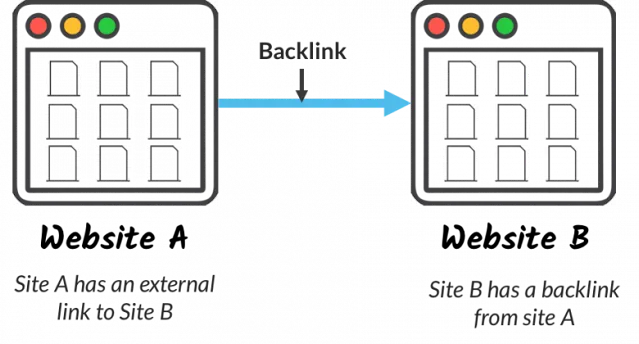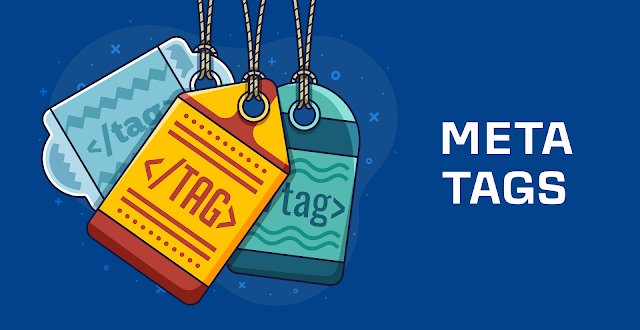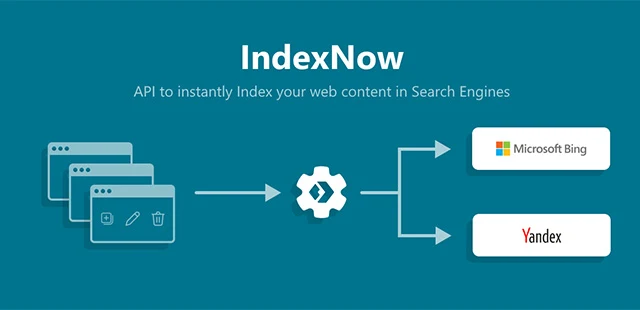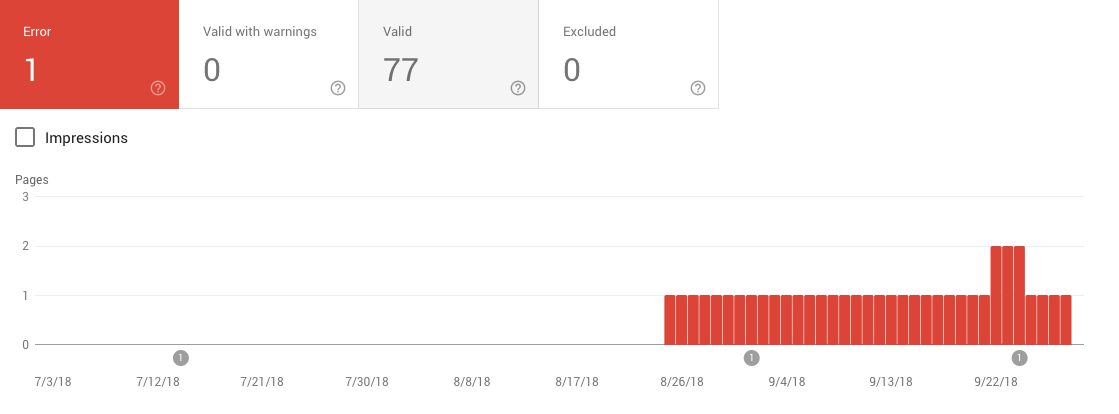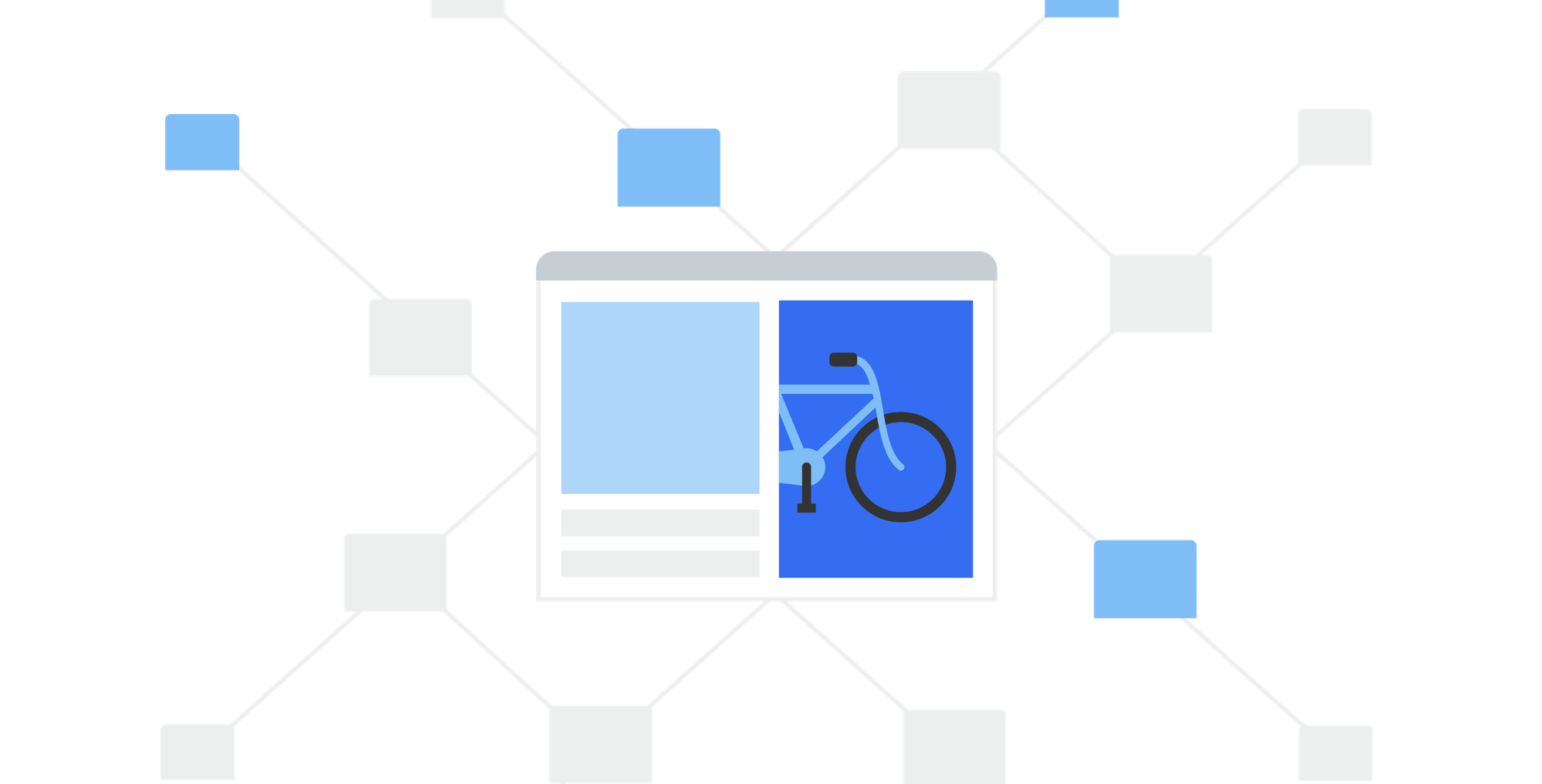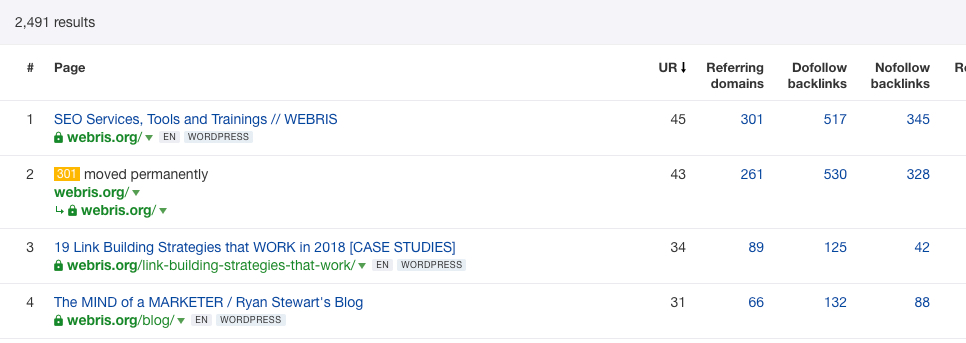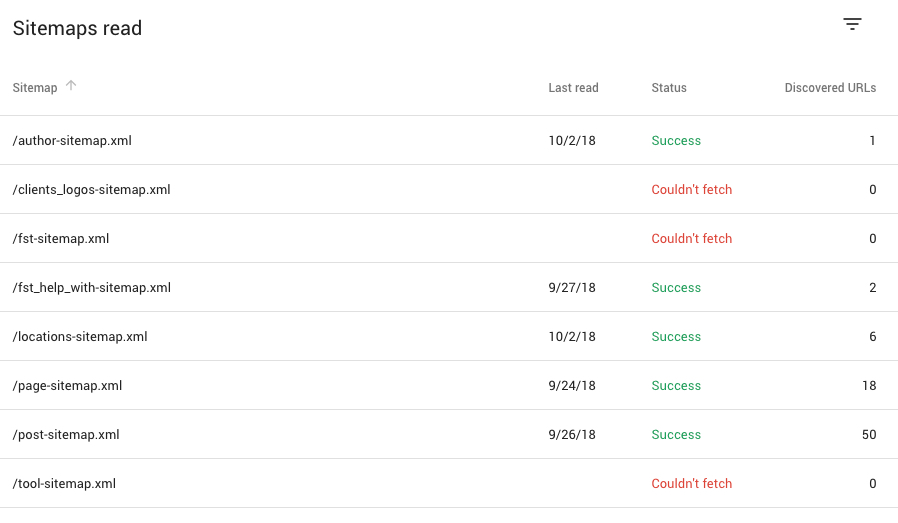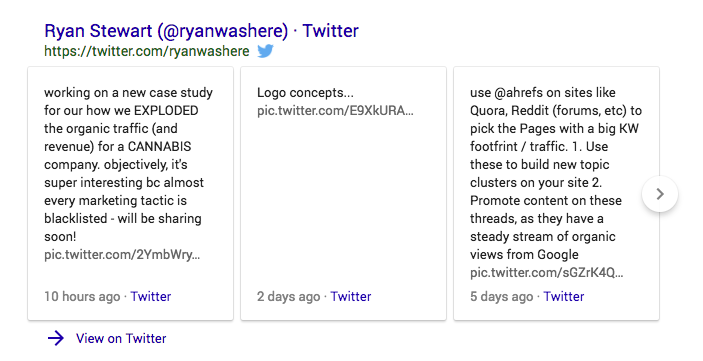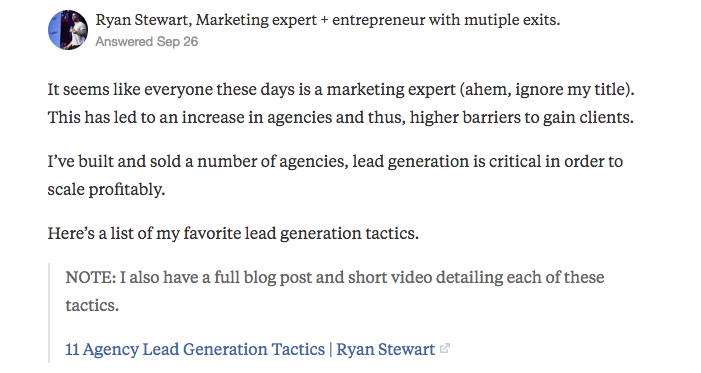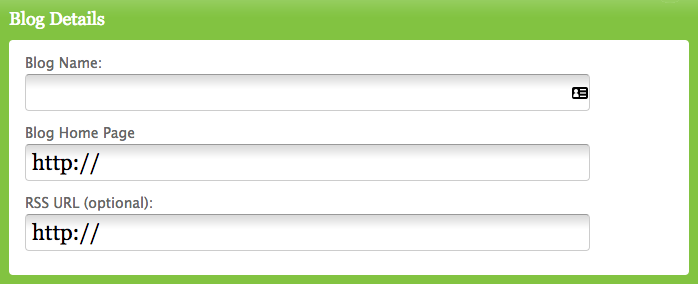How to grow your domain authority?
To keep it real with you, every high authority site on the Net today started at the bottom rung. You’ve just gotta work your way up (Siri, play Drake’s “Started from the bottom”). That’s how the system is designed.
Actually, getting a higher score gets tough as you climb. Therefore, it is easy to go from 1 to 20, and this is the lower tier of the scale.
Landing within the range of 40 to 60 is quite another level of challenge, but if you hit it, then you deserve a pat on the back. Why? Because you’ve made it to the big league!
It is much tougher to grow your domain authority to the 70-100 range. Much tougher? Yes. Impossible? No.
So, instead of lamenting about how many other sites are way ahead of you, gear up! I am about to share with you the surefire steps to get your domain authority rocketing.
Are you ready?
Let’s get to it!
1. Work on your off-page SEO
Off-page SEO refers to activities that take place outside your website. Think of it in terms of external tactics geared towards effectively marketing your site and reaching a wider audience.
An off-page SEO tactic that has proven its worth is influencer outreach. This involves reaching out to established entities (businesses and individuals) and asking them to kindly share your content.
Another aspect of influencer outreach includes reaching out to authority sites and asking them to link to a quality post that is relevant to them.
Of course, they will only share your content if it meets a certain standard. However, if they do share your content, that means that you’ll have the attention of their followers.
Your site will thank you for the visibility it will experience.
Another move that seems underrated is joining relevant discussion forums and replying to questions on “question and answer” sites. These sites are dear to the hearts of search engines and people who need information.
Your role is to answer questions that are related to your niche and also become an active participant in discussions. Essentially, you are positioning yourself as an authority in that industry. Also, include links to posts on your site which are relevant to the question asked.
The outcome?
An upthrust in your domain authority, site traffic, and brand exposure!
2. On-page SEO matters, too
On-page SEO refers to optimization activities that are carried out on the pages of a website. They are easy and can be implemented in an instant, quite unlike their off-page counterparts.
An important aspect of on-page SEO is a site’s URL structure. It should be arranged in a manner that displays the category hierarchy of the site.
Search engines pay attention to it because it helps determine a given page’s essence. It also matters because if it contains keywords (it should contain keywords), users will easily link with the keyword.
On-page SEO also involves title tags. Title tags specify the title of a website page. It is easy not to think much about them. But they play the role of attracting users to click on your site when it shows up on a search engine result page.
Also, they briefly describe the content of a page on your site and help with SEO. You should make them attractive enough to capture your users’ attention, or else you might lose that click.
There is always a tendency for users to get distracted and lose track of your content. In that case, a good title tag serves as a placeholder and reminds them of the page’s content in the event that a user has multiple tabs open.
Additionally, social media platforms utilize and display the title tags when you share your page.
Keywords are part of on-page SEO
Hardly ever is there talk about on-page SEO without mention of the term “keywords”.
In fact, many think that SEO is just all about keywords. It isn’t, but keywords are important if you are concerned about growing your domain authority and boosting your site’s visibility.
Keywords should be smoothly added to a page’s content so that it flows naturally. Gone are the days of keyword stuffing. Worse still, Google penalizes sites that are guilty of it. Therefore, keywords should be cleverly spread throughout the text, and even included in the image alt texts.
3. Go hard on technical SEO
Obviously, you need to improve on all aspects of SEO if you are keen on growing your domain authority.
Technical SEO is aimed at optimizing the workings of the complete website for the sake of search engine crawling, indexing and general visibility.
As the name implies, a measure of technical knowledge is required. However, the good news is that for the most part, once you get your technical SEO on lock, you won’t have to do it again.
Security is one core facet of technical SEO. You should add SSL (Secure Socket Layer) to your site to make it HTTPS. This means that your site can only be accessed with https and not http.
The big deal with HTTPS?
It helps with search engine ranking, and also develops trust with your users. It shows that any information transferred between your site and the server is encrypted, and thus protected from malicious eyes.
If you’ve ever made a purchase online, then you know how relevant this is.
Optimizing your 404 page aids technical SEO
From time to time, site owners delete certain pages from their site. Frequently, users make mistakes when typing URLs into their browsers. That brings us to the need for the optimization of the 404 page.
As part of technical SEO, an optimized 404 page informs users that the page they are searching for is not available. It also provides a simple way of returning to important pages of the website or suggests related pages. It should also have the same navigation and structure menus as your site.
To have a feel of what your 404 page looks like, just misspell a URL of your website in your browser and search. Make sure you type in the root domain correctly, though.
Below is an image of this site’s 404 page. Pay attention to the URL I typed in. I don’t think avocado smoothies have much to do with internet marketing.
4. Increase your site’s speed
As far as increasing your site’s domain authority goes, a faster website blows a slower one out of the water. Website speed falls within the lines of technical SEO, but it is worth a separate mention.
According to an infographic by Kissmetrics, 40% of people say that they will leave a site page that takes 3 seconds or more to load.
There are different metrics for measuring site speed, and they are:
- The time it takes for 100% of the resources on the page to load;
- Time To First Byte (TTFB) and this measures how long it takes for a page to start the loading process; and
- First meaningful paint (first contextual paint) which refers to how long it takes to load enough of the resources for the content of your page to be actually read.
A wise move would be to improve your site speed based on all these metrics. Better to err on the side of caution, right?
Here are some tips to make your website faster:
- Compress your images. This might be the billionth time you’ll hear this, but large images make your page slow.
- Also, trim your code. Codes resulting from shoddy developer work are bad for your domain authority.
- Enable browser caching. With this, a user will store parts of your site in their browser, and this will help your site load faster upon subsequent visits.
- Apply a Content Delivery Network (CDN). It identifies your visitor’s physical location and then serves up your site from a nearby server.
Additionally, you should keep track of your site speed. You can do this by utilizing tools such as Google Page Insights, Google Mobile Speed Tools and others. They normally give tips and recommendations after an analysis.
5. Make your site mobile-friendly
You must be living under a rock if have not noticed the prevalent use of mobiles in accessing the Internet. A 2019 survey shows that there are way more mobile Internet users than desktop Internet users.
A site’s mobile-friendliness is another technical element that determines its domain authority. In fact, Google seems to have a thing for mobile-friendly sites.
How else would you explain the introduction of the mobile-first index (a ranking principle that displays mobile content first regardless of the searcher’s device)?
A solid tip on making your site mobile-friendly is to make it responsive. This makes the content and layout respond to the user’s particular device.
The benefits of making your site responsive include:
- A bump in user-friendliness.
- A single URL which eliminates the need for a separate URL (M. configuration) and also makes for easy sharing of content.
- No need for dynamic serving which demands different HTML for a different device.
- No worrisome redirects and SEO problems.
Some recommended tools to help you check your site’s mobile-friendliness include Google Developers Mobile-Friendly Test Tool and Bing Mobile-Friendliness Test Tool.
6. Good content means a higher domain authority
Stellar content will help you grow your domain authority.
High-quality content is content that understands your audience and thoroughly answers their questions.
Some tips on how to create amazing content are:
- Provide deep information, as scanty posts of 500 words might not help you. Also, make use of casual language. Save the jargon and strange language for classes at Hogwarts.
- Let the post be helpful and provide a solution to a particular challenge. When writing long-form content, it is easy to lose sight of the intended goal. Maintain your focus.
- As much as users want to learn and be informed, they want to be entertained and thrilled too. Think of your post as a conversation between you and the reader, and lace it with elements of emotion and popular culture.
- Make it easily readable. The truth is that lots of people breeze through posts. Also, large walls of text are intimidating. Therefore, to keep people from running away from your post, utilize short paragraphs, bold letters, numbered lists and bullet points.
- Use keywords efficiently. Spread keywords through your post evenly, and make good use of synonyms and varying word forms of the keyword.
If you are serious about boosting your domain authority, then having a blog on your site is a no-brainer. It serves as a chamber for the production of content. The benefits of having a blog on your site are tremendous and cannot be over-emphasized.
It doesn’t really matter what name you give to it. Some websites have different captions such as “What’s New”, or “Tips”. All that matters is that you have a section of your website dedicated to the provision of content for your audience.
7. Get high-quality backlinks
Say it again!
To some, high-quality backlinks are the brain, heart, and spine of boosting your site’s domain authority. Such persons might not be far from the truth. Generating high-quality backlinks is an aspect of off-page SEO, but it is worth a separate mention.
The simple implication is that getting high-authority sites to backlink to your website will make your domain authority grow. You know what they say, “the higher the site’s authority, the sweeter the link juice”.
What?
Isn’t that how the saying goes?
Well, at least you get the idea. Find sites that are considered thought-leaders in your industry and get them to link back to your site. One surefire way to hit this goal is by writing guest posts for high authority sites in your niche.
What you are essentially doing is giving them a quality post in exchange for a quality backlink.
With good backlinks comes more referral traffic for you, greater visibility and a climb in domain authority.
Another way is to create first-class content that such sites would want to link to. You could also reach out to them and ask them to link back to any of your posts which they find link-worthy and relevant to their audience.
Whichever means you opt for, the outcome is that a high-quality backlink is sure to help grow your domain authority.
8. Conduct link audits
Health experts advise that for good living we need constant self-examination and de-cluttering of our environments.
Come, lemme whisper a secret to you.
THE SAME APPLIES TO YOUR WEBSITE!
The function of a link audit is to comb through your current links to determine whether or not they are good for your site’s health. Generally, a link audit helps you:
- Find links sending traffic to your site.
- Identify risky links, weak links, and the strongest links.
- Figure out how to improve your overall link strategy.
- Know which parts of your website are drawing the most inbound links and which parts are lagging behind.
They say prevention is better than cure. It is best to conduct a link audit sooner than later because bad links incur penalties. A thorough link audit will expose unfavorable links, and you can disavow them.
To effectively grow your domain authority, you must avoid bad links like the Black Plague.
Links which are generally considered bad include:
- A link from sites that activate a virus warning when you enter their URLs.
- Links from sites that haven’t been indexed.
- A link from spam sites.
- Links from sites with odd content and sites that promote social vices.
However, I must point out that a bad link and a low-quality link are not entirely the same thing. In fact, you should allow some links to stay, even if they seem to have low quality.
That’s because the site having the low-quality link might be on its way up, and disavowing such a link will rob you of the juice that is to come.
Some tools that you can use to check your backlinks are Google Search Console, and Moz.
Conduct a link audit regularly, and watch your domain authority go boom.
9. User-experience is a factor
Focus on your site visitors. This is the long and short of user-experience. Make your site all about them.
User-experience involves many things from the technical aspect of your site down to how you write your content. It is all geared towards making your users enjoy their time on your site.
One effective way is to make your site responsive to mobiles. The majority of Internet users today are on mobile. Honestly, nobody wants to have to zoom in and zoom out all the time to view stuff simply because your site has a poor layout.
Another angle of user-experience is tailoring content with a proper understanding of searcher intent and conducting keyword research. It reveals the various words that searchers use when seeking answers and enables you to write accordingly.
Let your posts nourish your users with information and entertain them at the same time. Their experience on your site should be a memorable one.
10. Apply good site navigation
A well-structured site trumps a poorly structured site any day.
Site navigation is also called the internal linking structure. It refers to the links that connect pages on your site.
They make your site easy to navigate, and also indicate to search engines what pages are on the site. Whenever you step into a supermarket, you find that it is organized and divided into sections. A proper internal linking structure works in the same way.
There are several tips on how to make your site easily navigable. Firstly, if you want to convert your users to buyers include a link to a product to enable a purchase.
Also, mega menus are helpful if you have a ton of content on your site. They efficiently group subpages and keywords and also isolate pages that are relevant to the same keyword.
Another tip is to utilize image carousels. Since they occupy very small spaces, they come in handy if you have lots of information on your site. Additionally, the pictures they contain easily capture the eyes, and in some cases, the heart too.
11. Publish regularly
Frequent publishing of content is another tip on how to grow your domain authority. Regular publishing indicates that your site means business.
Besides that, it also helps with quicker indexing by Google if your site is new.
A solid tip on steady publishing of content is to create at least one post in a week. It might not seem like much, but keep the pace and watch how far you’ll go in 2 months.
Slow but steady, right?
12. Keep your social media marketing game on lock
Don’t mistake social media for a platform only suitable for the sharing of funny clips. Remember that on the Internet everything is connected.
With that being said, social signals do your site’s domain authority a world of good. When you publish a post, go ahead and share that link on Facebook, Twitter, Pinterest and even LinkedIn. If you are active on other platforms, by all means, continue your campaign over there too.
These platforms are highly regarded by search engines, and if your link features prominently on them, then you are in for a treat, I tell you.
Jeff Bullas is extremely active on Twitter. Every post is shared there for tons of followers to click and read. What a way to bag optimized visibility, greater traffic and higher domain authority in one fell swoop.
13. Be patient
As much as we all would like to have our domain authority scores touching the skies overnight, the truth might burst your bubble.
A site’s domain authority might be anything, but it is not a magic beanstalk.
An increase in domain authority is a product of strategic moves made over a significant period of time. I daresay that any site with a domain authority of at least 50 has been up and running for a number of years, and has oodles of good content.
You can use Webconfs to check any site’s domain age. Peep at the domain age of this site in the image below.
This site has been up for a decade and then some. Recall that it has a DA score of 72 as we saw in an image earlier.
That should tell you something.
Therefore, instead of lying awake in your bed all night, expecting a growth spurt in your domain authority score, rest easy, my friend. Do all that I have discussed above and let time pass. Because time will pass, regardless.
Every good thing takes time. The same goes for the growth of your domain authority.




